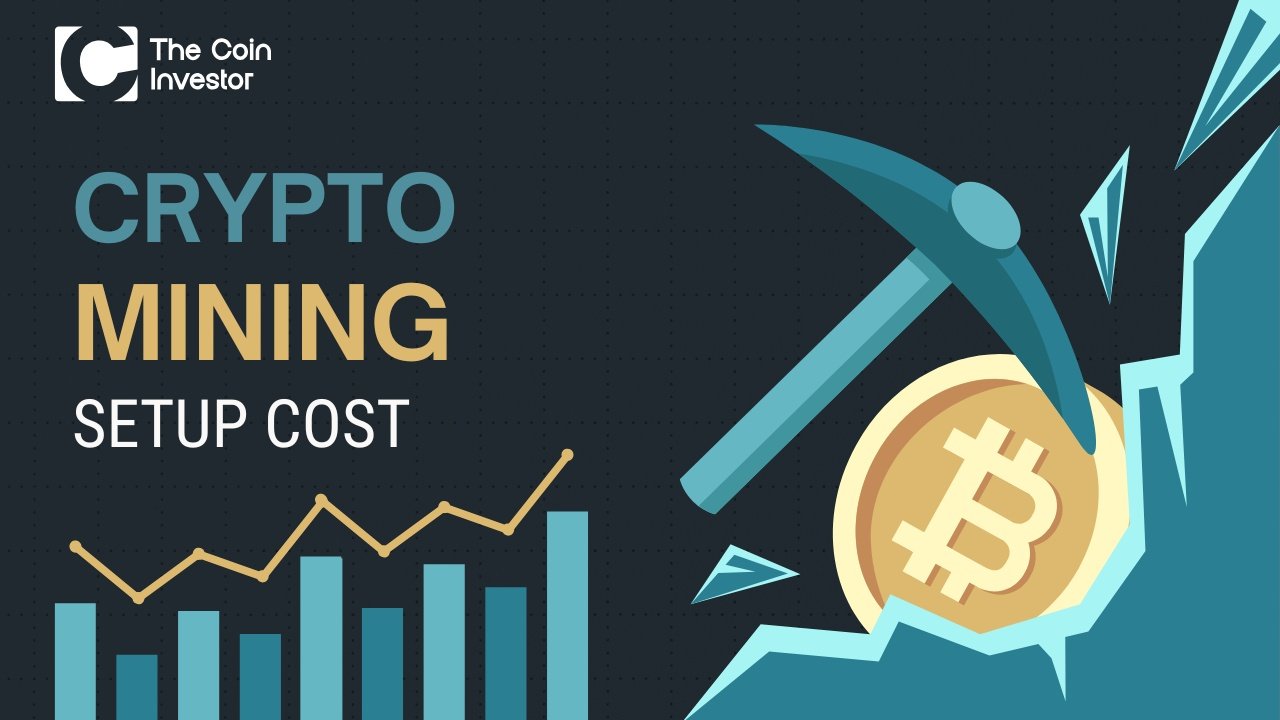The digital asset change is changing finance. Crypto mining is a key part of this change. It helps people join blockchain networks and earn money.
As we look to 2025, the costs for starting mining operations have changed a lot. This means we need to think carefully about hardware, power use, and other costs. This study looks at the money needed for a crypto mining setup. It helps investors make smart choices in a tough market.
In 2025, cryptocurrency mining has become more advanced. There are small home mining rigs at homes and big sites that handle many Bitcoin deals each day. The proof-of-work system lets miners get rewards while keeping networks safe. But the costs to start can differ greatly. They range from thousands to even hundreds of thousands of dollars based on size and how well it works.
Profitability depends on things like Bitcoin price changes, network growth, power prices, and better mining tools. The rise in hash rates has made competition tougher. So, being energy efficient and cutting costs of Bitcoin mining is key for survival. Smart investors know that good mining needs a full cost study. This includes hardware buying, power use, cooling systems, and regular upkeep costs.
Crypto Mining Setup Costs

1. Choosing the Right Mining Hardware
The key to any mining work is choosing the right hardware.
The costs can differ based on how well it works and how efficient it is. ASIC miners are the top choice for bitcoin mining, delivering the highest efficiency.
For example, the Bitmain Antminer S21e XP Hyd 3U offers 860 TH/s at 11,180W for about $17,210. It gives the best efficiency in 2025. However, careful ROI math is needed due to the high upfront cost.
For other cryptocurrencies, GPU mining rigs and CPU options offer more choices across different algorithms.
Strong options like the NVIDIA GeForce RTX 4090 reach around 265.82 Mh/s on Autolykos2 for about $1,599. Mid-range picks like the AMD Radeon RX 7900 XT give good performance at $899.
Choosing between ASICs and GPUs impacts setup costs and future choices. ASICs are better for energy use with certain algorithms.
On the other hand, GPUs let miners change between currencies based on profit. However, there are some drawbacks to this flexibility. This ability to adapt is important as market conditions shift, helping miners get better returns.
2. Calculating Energy Consumption and Costs
Energy costs are the biggest ongoing cost in crypto mining, particularly as of December. They often affect long-term profit more than the first hardware buys. Mining one Bitcoin needs about 6,400,000 kilowatt-hours (kWh) of power. Rates in different areas cause big changes in profit. In Iran, miners pay only $1,324 for each Bitcoin. However, miners in Ireland pay over $321,112 due to high power costs.
In the U.S., the average industrial price is $0.187 per kWh. But rates can change a lot; Louisiana has low prices at $0.056 per kWh.
On the other hand, Rhode Island has high rates above $0.191 per kWh. These differences can change how much money miners make. Miners in cheaper areas can still make money even when markets fall. Mining machines usually run all the time and use between 1,500W and 3,250W of power. A strong ASIC like the Antminer S21e XP uses 11,180W of power and costs over $2,400 a month with average U.S. rates. It is very important to calculate these costs well for successful mining operations.
3. Understanding Mining Pool Fees
Bitcoin mining pools are very important for miners. Big players like F2Pool, AntPool, and ViaBTC control a lot of hash rates. The pool fees can range from 0% to 4%. This depends on how payouts are made. F2Pool charges 2.5% for PPS+ payouts. AntPool has 0% for PPLNS but 4% for PPS+. Choosing the right payout plan affects mining costs and cash flow. PPS gives steady income but comes with higher fees.
PPLNS has lower fees but can change more often. There are advanced methods like Full-Pay-Per-Share (FPPS). This method adds transaction fees to payouts, which can improve returns despite higher base fees. Larger pools usually give steady payouts.
Smaller pools may charge less but have more ups and downs in payouts. Right now, Foundry USA leads with 31.77% of the hash rate. AntPool follows at 20.32%. These rates affect pool trustworthiness and payout times, which are key for planning cash flow.
4. Estimating Maintenance and Overhead Expenses
Mining has costs beyond just hardware and power. There are also ongoing upkeep costs for good performance and long life. ASIC miners work in tough spots. They need regular cleaning, fan changes, and thermal care.
Each year, upkeep costs usually range from 5-10% of what you first spent on hardware. This amount can change based on how you use the miners and their working conditions. Cooling systems are a big cost, especially for larger setups.
Good thermal care helps hardware last longer and work better, but it can raise energy bills.
Machines like the Antminer S21e XP Hyd lower noise to 50dB and boost efficiency, but need more money and upkeep. Also, insurance, security, and costs for the place are important for business mining.
These places must think about property insurance, theft protection, and special electrical setups for high-power needs. Home miners have their challenges like managing noise, needing more electrical capacity, and possible effects on home power bills.
5. Factors Influencing Setup Cost Variances
Geographic location plays a big role in setup costs. This is because of changes in electricity rates, hardware availability, and rules.
Areas with lots of renewable energy usually have lower rates. However, strict environmental rules can raise costs for compliance. Some places offer tax breaks for using renewable energy. These incentives help cover the costs of clean energy setups.
Market timing also affects the costs of hardware. Mining equipment prices go up and down based on cryptocurrency values and supply issues. During good market times, ASIC prices increase due to high demand. In bad market times, buyers may find cheaper hardware deals. Recent trends in Bitcoin prices have changed the value of mining equipment too. Premium models tend to cost more when the market is positive.
Larger mining operations benefit from economies of scale. They can buy in bulk, get better electricity rates, and share costs with others. Industrial-scale miners often get power purchase deals at much lower rates than smaller ones do.
This gives large operations an edge but can create problems for smaller players.
6. Initial Investment vs. Long-Term Profitability
The link between costs and profits needs careful planning. This involves looking at network problems, equipment wear, and market changes. High-efficiency miners, like the Antminer S21 Pro, cost about $15,000 to $20,000.
They can give better long-term profits because they use less energy and last longer. The time it takes to break even on mining investments is usually 6 to 18 months.
This depends on market factors, power prices, and how well the equipment works. Current data shows that efficient ASIC miners in low-power areas can make profits in 8 to 12 months.
In contrast, setups that are not as good may need 18 to 24 months or even longer. Bitcoin halving happens about every four years and cuts block rewards by half. This creates new challenges for making money from mining.
The latest halving has increased competition among miners. It benefits those with the lowest costs and best equipment. This shows the importance of investing in high-quality hardware to stay competitive during market changes.
What is a Mining Pool?
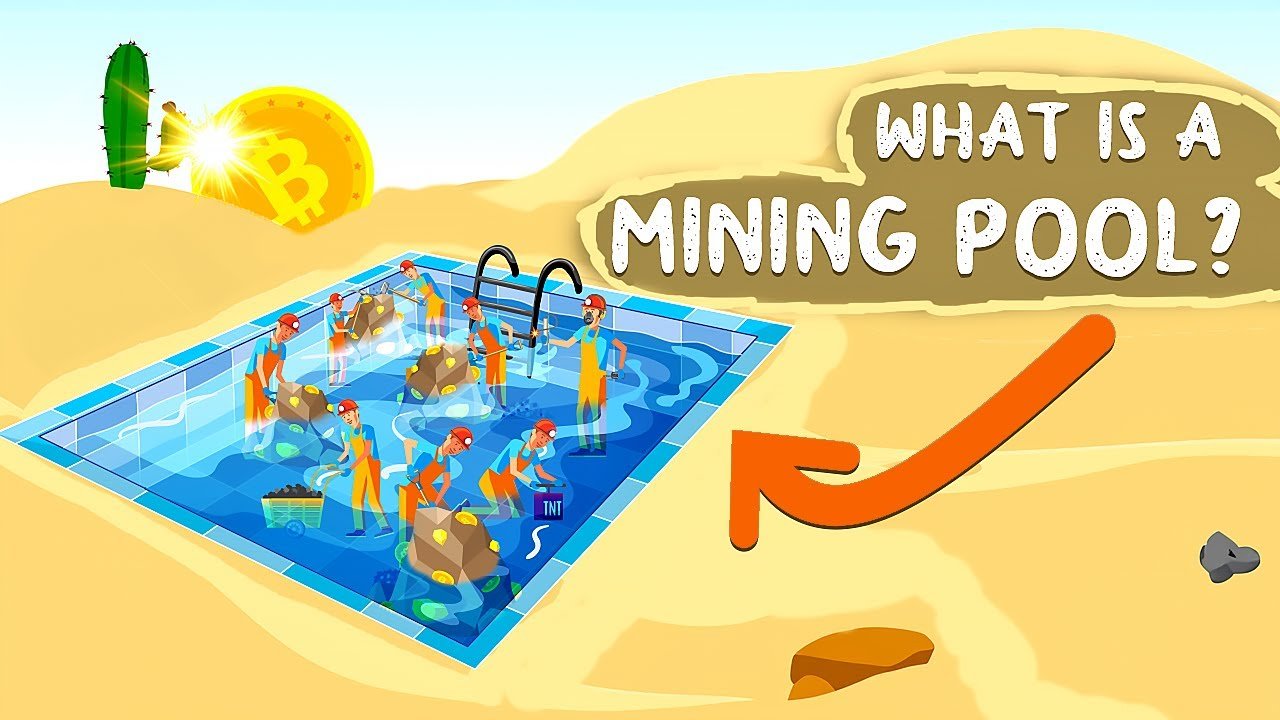
A mining pool is a team effort in crypto mining. In this setup, miners work together and share their power. This helps them have a better chance of mining blocks and getting rewards.
Instead of working alone against a large network hash rate, miners add their hash rate to the group. Pool operators run the group. They manage the work and share out rewards fairly.
Mining pools help with how often rewards come in for miners. Solo miners often have low chances of success. They may wait for months or even years without rewards, even when they keep trying hard. Joining a pool gives miners steadier income through regular payments based on their work. This is true even if they never solve blocks by themselves.
The pool setup takes care of many tasks that can be hard to manage. These tasks include sharing work, checking shares, and figuring out rewards. Operators use smart software to give out tasks and track who does what with their shares.
This way, smaller miners can take part in networks that big companies control easily.
Types of Crypto Mining Setups
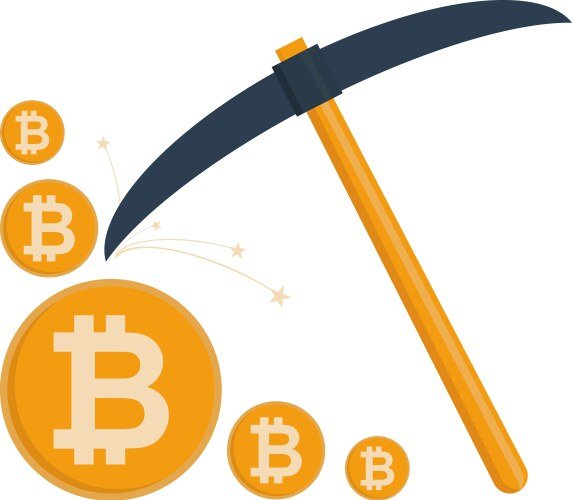
Solo Mining: Costs and Considerations
Solo mining is the first way to mine cryptocurrency. In this method, individual miners try to solve blocks alone. They compete against everyone else in the network. When they succeed, they get all the rewards. This method needs a lot of computing power.
For Bitcoin solo mining, about 166,500 TH/s of hash rate is needed. A miner must have this to mine one block each month.
The cost for solo mining is much higher than pool mining. It often takes between $500,000 and $1,000,000 for good ASICs. This cost makes solo mining hard for most people to afford. Still, some smaller cryptocurrencies are easier to mine alone. For example, Ethereum Classic (ETC) has lower network difficulty. Miners focusing on new coins or special algorithms might earn money by starting early before others join in.
Cloud Mining Solutions and Their Pricing
Cloud mining services offer a way to mine without needing hardware. These services rent hash rate to users for set times. These times usually last from 30 days to a few years. The costs include fees for hash rate and service charges. Short-term contracts, which are under 30 days, appeal to those wanting quick profits with small money. They often have lower total costs but higher rates per hash.
This makes short-term deals great for testing if mining is worth it or for getting into the market without buying equipment. Long-term contracts can give better returns but need longer commitments. They usually have better prices per hash rate. However, they also lock up money for months or years. The break-even time can be 6 to 12 months. This depends on the price of cryptocurrency and network difficulty.
Joining Mining Pools: Shared Costs and Returns
Mining pools are the easiest way for single miners to get started. They let miners use strong tools without needing a lot of money.
Pool members split costs for mining software and network tools, eliminating the need for an intermediary in managing funds. They also share technical help, which keeps personal costs down. Benefits include steady cash flow and less risk in returns.
Unlike solo mining, where you either win big or lose everything, pool members earn a regular income based on their hash rate.
This helps with financial planning and lowers risks in investing. Different platforms have different fees. PPLNS systems have lower fees but can be less stable. PPS methods offer more stability but at a higher cost.
Some advanced options, like FPPS, add transaction fees to payouts, which can increase earnings when network activity is high.
Components and Their Costs
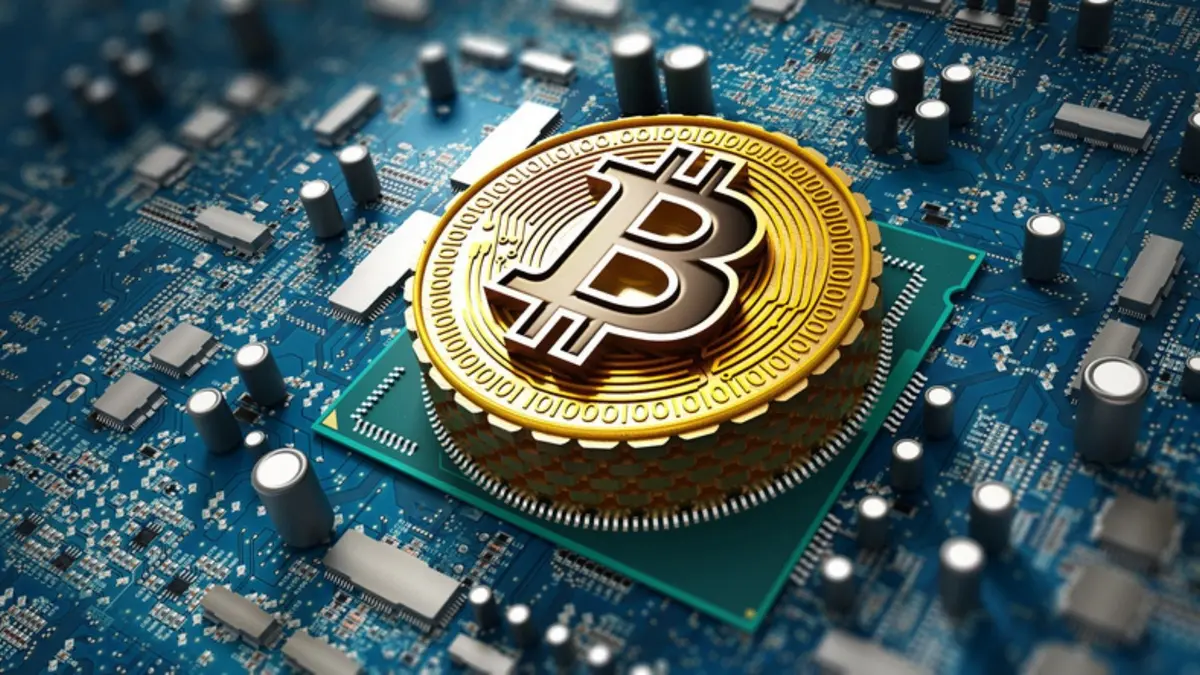
Mining Rigs: Specifications and Price Range
The current mining hardware market has many choices. These range from low-cost setups to high-efficiency systems.
Entry-level ASIC miners, like the Avalon A15 Pro, give 218 TH/s for about $4,534. This makes them easy to get and energy-efficient for small operations. Mid-tier options balance cost and performance, attracting miners looking for affordable entry points.
Launched in April, high-end equipment is more expensive but offers better performance. This can make it worth the money spent. The Bitmain Antminer S21e XP Hyd 3U shows this well.
It gives an impressive 860 TH/s at 13 J/TH efficiency for around $17,210. This model suits serious mining businesses that want to boost output and save energy. There are also chances to buy used equipment in a down market when miners sell their gear.
Pre-owned ASICs can cost 20-40% less than new ones. Buyers should check the remaining lifespan, warranty, and maintenance needs before buying. Timing in the market is very important for these deals, with bear markets being good for purchases.
GPUs vs. ASICs: A Cost-Benefit Analysis
The choice between GPUs, CPUs, and ASIC mining affects costs and options.
ASICs provide better hash rates and use less energy. However, they limit miners to only certain coins. Bitcoin mining mainly uses ASICs now because they are more efficient. This makes GPU mining less cost-effective.
GPU rigs have more flexibility for different coins and algorithms. This lets miners adjust to changes in the market. A common setup with six RTX 3070 GPUs costs about $2,328 just for the graphics cards. Miners must also pay for the motherboard, power supply, and other parts.
Total costs for GPU mining include more than just graphics cards. They cover special motherboards, strong power supplies, and cooling systems too. Complete setups of six GPUs usually cost between $3,400 to $5,000. This depends on the functionality and quality of parts used. Although this is more expensive than single ASIC buys, GPU rigs provide better market reach and adaptability.
Cooling Systems and Their Impact on Budget
Thermal management is very important for mining setups. It impacts both the starting costs and running costs. Air cooling systems are the cheapest option. They use large fans and heat sinks. These add about 10-15% to hardware costs.
However, they also increase electricity use. Liquid cooling systems work better but need a lot of money to set up. Hydrocooling systems in high-end ASICs help control temperature well and cut down noise.
Models like the Antminer S21e XP Hyd reach 50dB, which is good for quiet places. Immersion cooling is the most advanced method. This system puts hardware in special fluids to help cool it down more effectively. While it gives great performance and allows overclocking, immersion cooling needs a lot of money and skill. This method mainly attracts big operations where high efficiency can save on costs.
The Role of PSU (Power Supply Units)
Power supply units, or PSUs, are important for giving steady and efficient power to mining hardware. This is especially true when the hardware runs at full capacity. Mining needs PSUs with 80 Plus Gold, Platinum, or Titanium ratings.
These ratings help cut power losses and heat build-up. Good quality units like the Corsair HX 1200-watt 80 Plus Platinum cost about $200 to $300. They ensure that the system runs reliably all day, every day.
To size PSUs correctly, careful math is needed. It is important to meet peak power needs while keeping a 20-30% capacity reserve for safety and efficiency. A common six-GPU mining setup uses around 3-3.5 kWh of power. It needs PSUs rated between 4-4.5 kW to work well and safely. High-power setups may need more than one PSU, which adds extra cost and complexity.
Efficiency is very important in mining because of the constant high load on the systems. Premium Titanium-rated PSUs can reach over 94% efficiency. In contrast, basic units only offer 80-87% efficiency. This difference leads to big savings in electricity costs over time. While premium PSUs may cost 50-100% more at first, their better efficiency often makes them worth it due to lower power use in the long run.
What’s the Best Crypto Mining Rig in 2025?
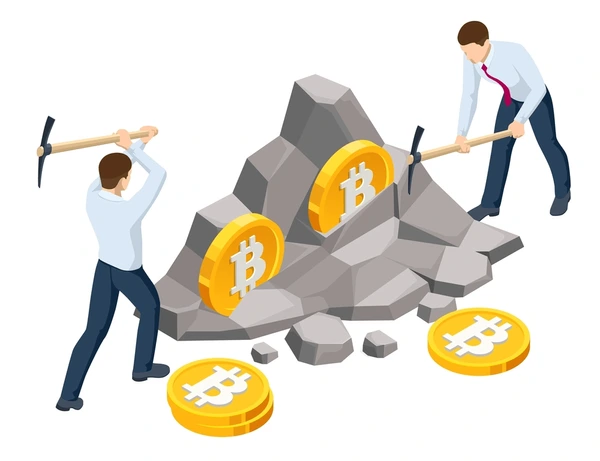
The best mining rig for 2025 changes based on needs, budget, and coins to mine. For Bitcoin, the Bitmain Antminer S21e XP Hyd 3U leads with an 860 TH/s hash rate, providing efficient energy usage with a 13 J/TH efficiency and costs $17,210.
This high price is due to its great performance and hydrocooling tech that keeps it running all day and night. The Antminer S21 Pro is also a good value. It offers 234 TH/s at a 15 J/TH efficiency for $8,000 to $12,000.
The Auradine Teraflux AH3880 gives great value too. It delivers 600 TH/s at 8,700W for $7,800. For other cryptocurrencies, GPU options are flexible. The NVIDIA RTX 4090 achieves 265.82 Mh/s on Autolykos2 with high efficiency.
Multi-GPU setups using RTX 3070 or RX 7900 XT cards give balanced performance and cost savings for many altcoins.
Crypto Mining Risks and Oppurtunities
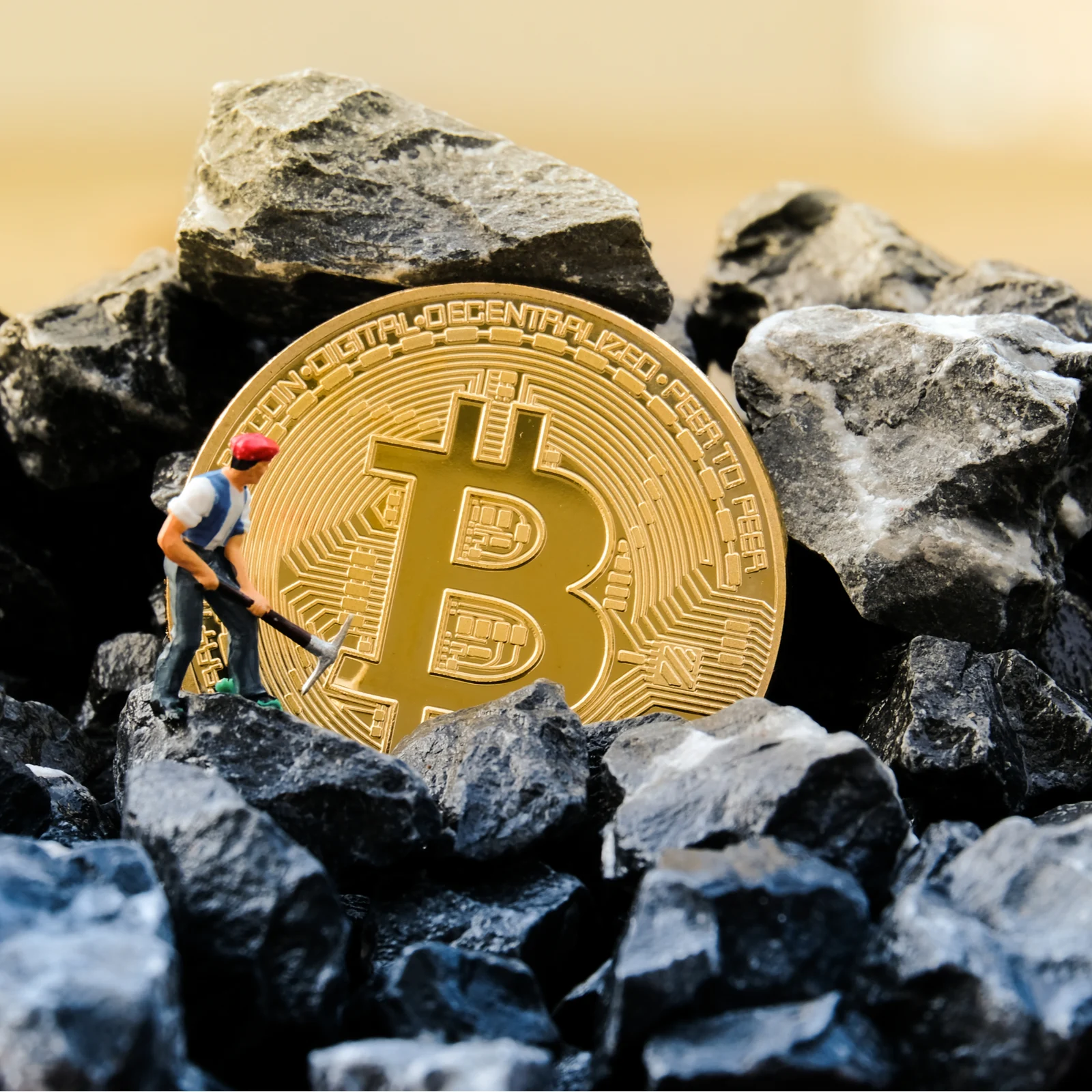
Crypto mining has a mix of risks and chances. These are shaped by tech, energy needs, and rules.
A main risk is the harm to the environment. Bitcoin mining uses about 6.4 million kWh for each BTC and adds to pollution. High power costs are also key. ASIC miners, like the Antminer S21e XP Hyd, use 11,180W. This raises running costs a lot.
Rules can be very different; some places like Arkansas have strict laws while others ban mining completely. More risks come from cryptojacking and hardware problems, along with market ups and downs.
There are chances too, mainly from new ideas in clean energy. Solar, wind, and water power can cut down on costs. For instance, solar setups can reach rates below $0.05 per kWh.
New ASIC tech like Chain Reaction’s 3nm EL3CTRUM A31 makes mining more efficient (under 10 J/TH). Cloud mining also helps lower entry costs for miners. Group mining schemes and clearer rules in regions like the U.S. help make things safer and fairer.
Even with rising hash rates making it tougher to compete, smart investments in high-efficiency gear and mixed energy setups can lead to profit over time. This is especially true when using credits for clean energy. It is important to balance start-up costs with upkeep costs while working together with other miners for steady operations in 2025’s changing scene.
Calculating ROI and Breakeven Points
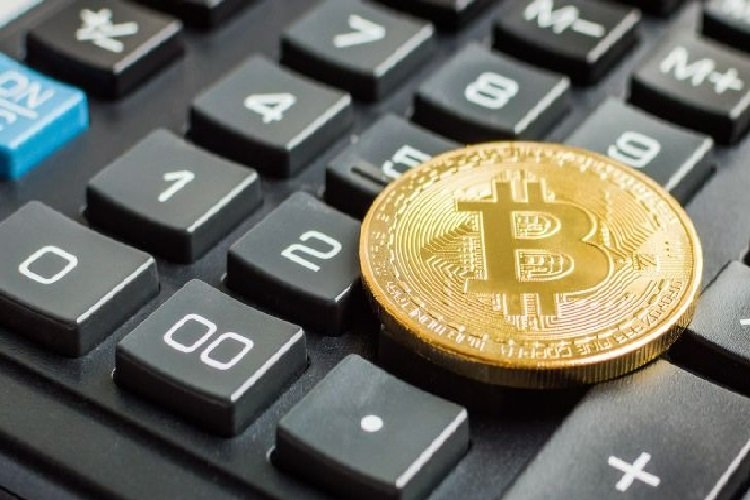
Tools for Measuring Mining Profitability
Calculating profit is key for mining investments. It helps to improve operations as well. Tools like WhatToMine give real-time data on many cryptocurrencies and hardware setups. This helps miners find good chances to earn money. These tools look at things like network difficulty and cost of electricity. They also check hardware details and market prices for better results.
Better calculators look at changing factors like hash rate growth and price changes. Skilled miners use methods like Monte Carlo simulations to study risks and plan ahead. They find the best hardware setups and plans for different market situations.
Real-time market information lets miners change their strategies quickly. This helps them choose between cryptocurrencies based on how much they can earn. Automated systems help boost profits by always checking earnings and moving hash rate to the best options available.
Timeframe for Recovering Initial Costs
Current market trends show it may take 8-24 months to break even. This time depends on hardware efficiency, power costs, and market swings. Miners using top ASICs in low-cost power areas usually break even in about 8-12 months.
However, less efficient setups may need 18-24 months or more. These estimates assume that cryptocurrency prices stay stable. Actual results can change with market shifts. The bitcoin halving cycle can make mining less profitable. It reduces block rewards and lengthens break-even times for current setups. Miners need to plan for these cycles to keep making money despite lower rewards.
Having efficient equipment is key after halving when some operations might lose money. Long-term profit plans should consider hardware wear and tear, tech upgrades, and changing network factors.
Typically, ASIC miners stay useful for a durability range of 3-5 years before they must be replaced. GPU rigs last longer because they can be upgraded more easily. Planning should focus on both short-term gains and long-term success.
Conclusion
The crypto mining world in 2025 has both chances and risks for investors. Mining success depends on looking at costs, including hardware, energy, running costs, and rules. Setup costs are going up because of new tech and more competition.
Still, good planning, including understanding the user interface, can lead to good profits. Key points like where you mine, how big your setup is, and how efficient it runs are vital for success.
Mining in places with cheap power and using top-notch tools can make higher starting costs worth it in the long run. On the other hand, weaker setups struggle with rising network challenges and energy bills.
As the crypto world grows, miners must use new tech, follow rules, and be eco-friendly to consider the environmental impact of mining while growing sustainably. The best miners use advanced tools while keeping a close watch on costs to handle market ups and downs. Investors who do deep research and have enough funds can earn big returns in this tough field.
FAQs
How Long Does it Take to Mine $1 of Bitcoin?
The time needed to mine $1 worth of Bitcoin changes. It depends on hash rate, power costs, and prices. Using a modern ASIC such as the Antminer S21 with 200 TH/s, a miner can make about $11.93 each day. This is based on the current network difficulty. It means it takes about 2-3 hours to earn $1. These numbers are based on mining in pools. Solo mining could take months or even years to see rewards.
Can Energy Costs Significantly Affect Mining Profitability?
Energy costs are the biggest expense for mining. They greatly affect long-term profit. Different electricity prices in areas change mining costs a lot. For example, it costs $1,324 to mine one Bitcoin in Iran. In Ireland, it can cost over $321,112. Miners in high-cost areas may lose money even when markets are good. On the other hand, miners in low-cost places can stay profitable during hard times.
What is the Most Cost-Effective Mining Setup as of 2025?
The best setup for low cost changes is based on each case. The Auradine Teraflux AH3880 is a good choice. It costs $7,800 and gives 600 TH/s. For GPU mining, six RTX 3070 cards work well. They balance cost and speed for altcoin mining at around $2,328. In the end, getting good value depends on matching hardware power with power rates and the coins you want to mine.
How Often Do Mining Setup Costs Change?
Mining hardware prices change based on the crypto market, supply chain, and new tech.
Premium ASIC prices can differ by 20-50% during big market changes. GPU prices are usually more stable because they can be used for many tasks. Electricity costs don’t change often, but they can vary with seasons or rules. This can impact your long-term plans.
How Much Electricity is Needed to Mine 1 Bitcoin?
Mining one Bitcoin needs about 6,400,000 kWh of power on average, which is similar to the energy required to charge a Tesla. This is from the total network use divided by Bitcoin made. Each miner adds small amounts by joining pools. This energy can power 61 US homes for a year. This shows how much energy proof-of-work systems need.
How Much Does A Bitcoin Mining Rig Cost?
Bitcoin mining rig costs start at $4,534 for basic models like the Avalon A15 Pro. Premium units, such as the Antminer S21e XP Hyd, can cost up to $17,210. Most miners spend between $8,000 and $15,000 on each ASIC for the best performance and energy efficiency.
Full mining setups include power systems, cooling tools, and facilities. These complete setups can cost between $20,000 and $50,000 or even more for pro installations. This investment helps create strong and profitable mining operations.
